YG6X 12% cobalt, 14.05-14.15 density (g/cm³) cemented carbide tungsten carbide rod
Cat:Carbide Rod Series
Welcome to our grinding tool supply company's website, where we introduce you to our premier product: the ZYH25 Carbide ...
See DetailsShort tool life and rising machining costs are frequent concerns. Often, the root cause extends beyond the cemented carbide tips themselves—factors like improper cutting parameters, inadequate tool holder rigidity, or incompatible workpiece material can also significantly impact performance, pilot to premature wear of the cemented carbide tips and ultimately driving up overall machining expenses.
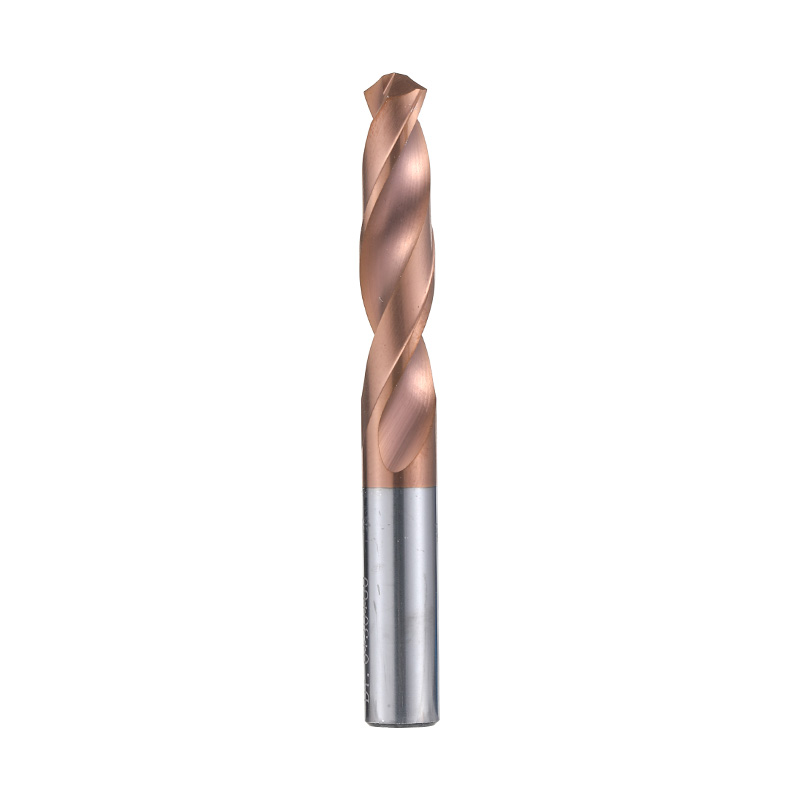
The initial purchase price of a tool is just one component of the total cost of a machining operation. A more comprehensive view considers the "cost per part," which includes not only the tool price but also the time spent on tool changes, machine downtime, and the costs associated with scrap parts. A tip with a slightly higher initial cost that lasts significantly longer and allows for faster machining will often yield a lower cost per part. Shifting focus to this holistic metric is fundamental to achieving genuine cost reduction.
The settings for cutting speed, feed rate, and depth of cut have a direct and profound impact on tool life. Operating at a cutting speed that is too low can cause the tool to rub rather than cut, pilot to accelerated flank wear from abrasion. Conversely, a speed that is too high will generate excessive heat, causing crater wear, plastic deformation of the cutting edge, and thermal cracking. The feed and depth of cut also influence the mechanical load and heat generation. Identifying a balanced set of parameters that provides good material removal rates without overstressing the tool is a continuous process of refinement.
Vibration and chatter are among the many significant contributors to premature tool failure, especially chipping. The rigidity of the toolholder, the condition of the taper, and the cleanliness of the interface between the tip and the tool pocket are all critical. Any looseness or contamination can allow for minute movements that impart impact loads on the cutting edge. Ensuring that the tooling assembly is as rigid as possible and that tips are seated correctly and clamped securely is a simple yet effective way to promote longer tool life.
The application of coolant can be beneficial, but it also requires consideration. In machining materials like steel, a sufficient and well-directed coolant supply is effective in reducing cutting temperature, washing away chips, and reducing built-up edge. However, in certain situations, such as intermittent cutting of cast iron, repeated heating and cooling from a coolant can cause thermal shock, pilot to micro-cracks on the cutting edge that can develop into larger fractures. In these cases, a lower quantity lubrication (MQL) system or even dry machining may be a more suitable approach.
The path that the tool follows, as programmed in the CAM system, can influence tool life. Programming strategies that avoid sharp directional changes, sudden engagements, or full-width cuts can help to reduce the shock loading on the cutting edge. Using techniques like ramp-in entries and smooth, flowing tool paths distributes the cutting forces more evenly, resulting in a more consistent and gentle machining process for the tool.
Replacing a tip either too early or too late affects machining economy. All tips will experience gradual, normal flank wear (often measured as a VB value). Allowing a tip to run until it experiences catastrophic failure (chipping or breakage) risks damaging the workpiece and the toolholder. Learning to identify the signs of normal, predictable wear and changing the tip at an appropriate point before failure occurs helps to maximize its useful life while maintaining process reliability and part quality.
Consider a scenario where an operation machining a steel component was experiencing shorter-than-expected tool life. An analysis revealed that the cutting speed was at the upper end of the recommended range, generating considerable heat. A simple adjustment involved a modest reduction in the cutting speed and a review of the coolant nozzle alignment to ensure the flow was effectively reaching the cutting zone. This change, though small, resulted in a noticeable extension of tool life, demonstrating how systemic adjustments can yield positive outcomes.
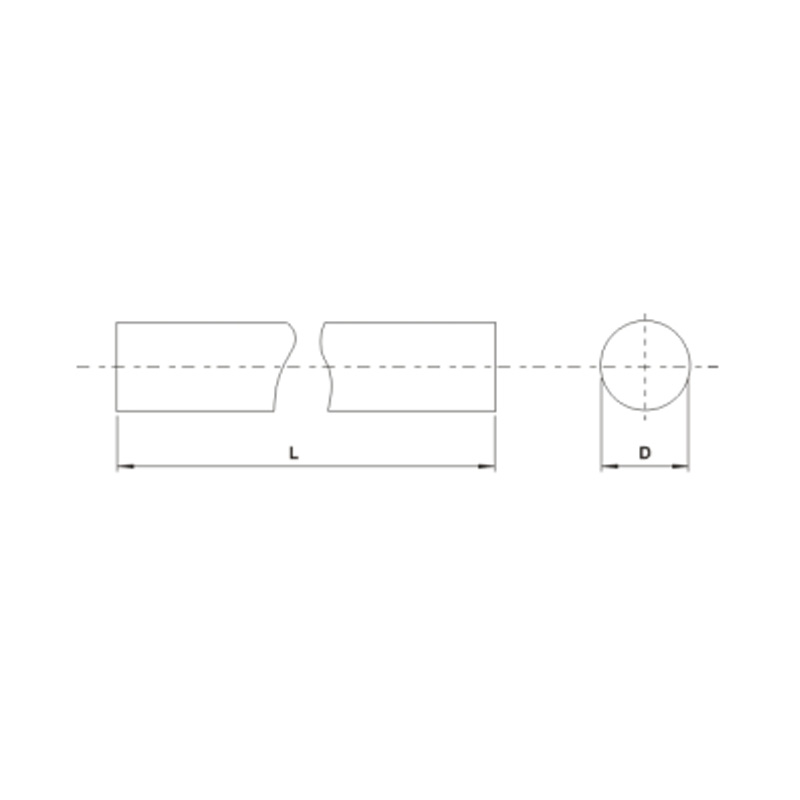
Welcome to our grinding tool supply company's website, where we introduce you to our premier product: the ZYH25 Carbide ...
See Details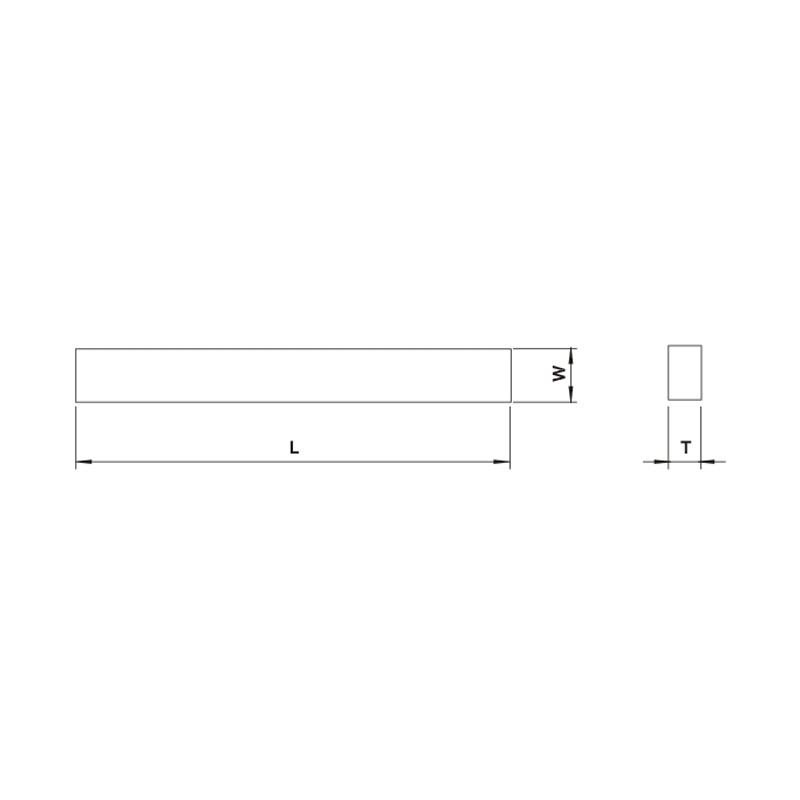
Welcome to our Cemented Carbide Flats section, where we take pride in offering top-quality carbide products designed to ...
See Details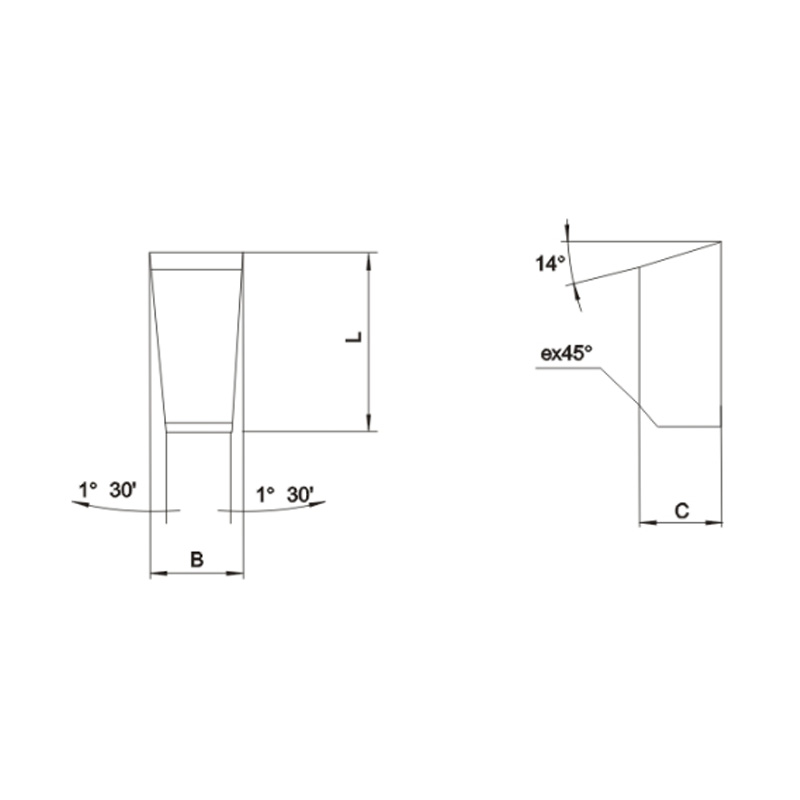
Welcome to our product page featuring the C3 Type for cutoff tool and grooving cutter! Our company specializes in provid...
See Details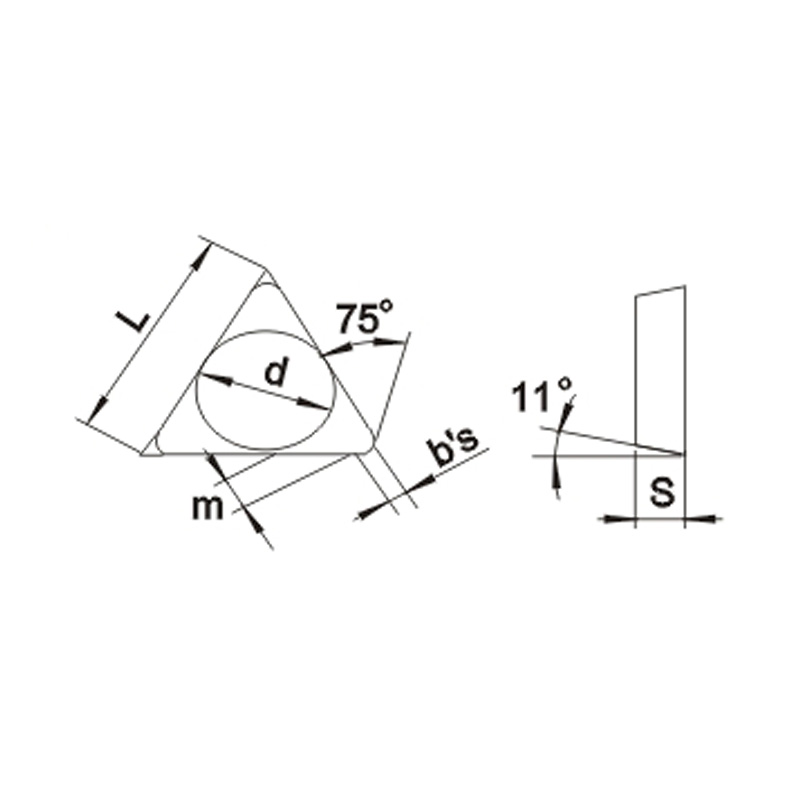
Welcome to our product showcase featuring Triangle Milling Cutter Blades! Designed for precision milling operations, our...
See Details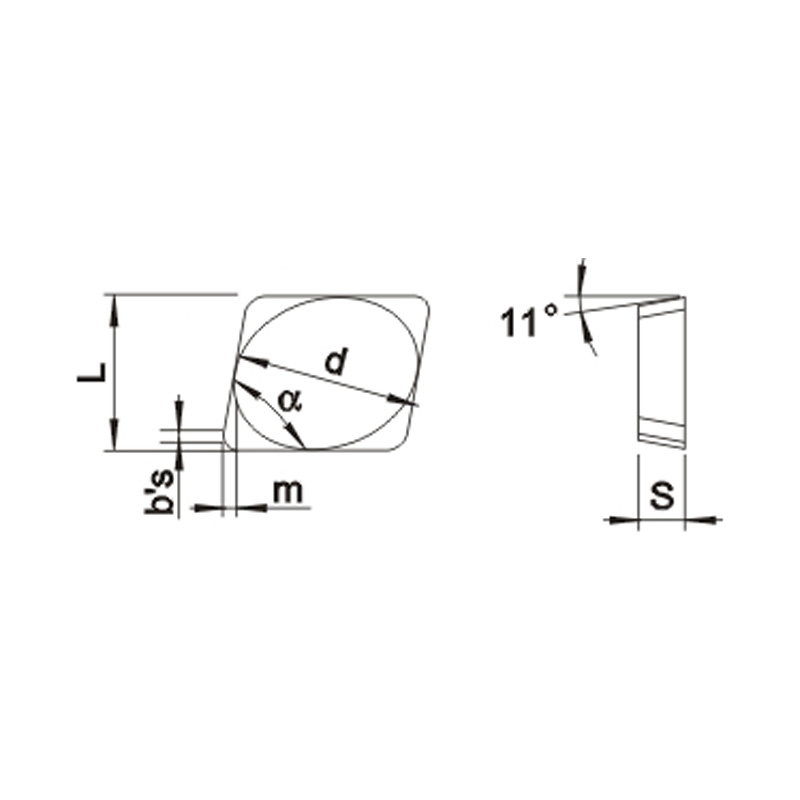
Welcome to our product page featuring Right Angle, Three-edge Milling Cutter Blades! These blades are meticulously desig...
See Details
Contact Us